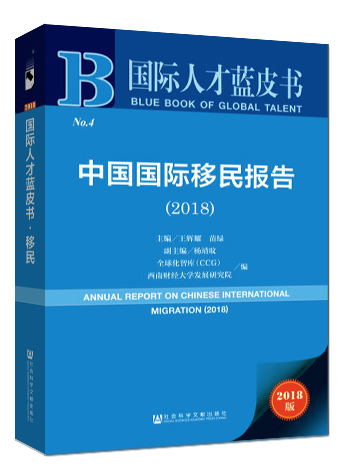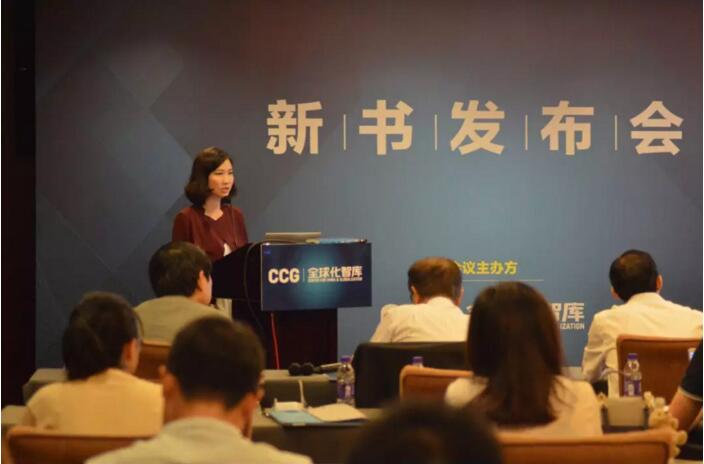New bluebook captures key trends in global migration
May 27 , 2019
June 9 saw the release of a new book that maps out shifting patterns of global migration and policy solutions to address these trends. The 2018 Report on China’s International Migration was co-authored by the Center for China and Globalization (CCG) and Institute of Development Studies at the Southwestern University of Finance and Economics (SWUFE), with CCG President Wang Huiyao and CCG Secretary-General Miao Lu as chief editors.
Published by the Social Sciences Academic Press (China), the book presents in-depth of analysis of data sets and case studies from around the world to interpret key trends and factors driving global migration. Drawing on a variety of perspectives, it includes sections focusing on global trends, China, regional issues, and other special topics.

Global trends
On the global level, the book shows that flows of migration continue to grow but are increasingly concentrated geographically. In recent years, OECD countries have seen a drop in migration mobility linked to political trends and policy shifts such as the tightening of visa rules and impact of Brexit in the UK. The report finds that motives driving global migration are often a combination of multiple factors, with socioeconomic ones the most common. At the same time, this research finds that individual mobility is often limited by poverty, inequality, unemployment, and lack of infrastructure.
The book reviews the impact of changing migration policies in several countries such as the US, UK, Singapore, Canada, and Australia, as well as multilateral initiatives such as those through the UN to manage the flow of migrants and refugees.
China’s “new era” of migration
The report provides an in-depth look at inbound and outbound flows of people from China and the country’s new approaches to migration management. In line with the broad definition of migration adopted by international organizations such as the UN, the book includes an overview of migration flows for study abroad and tourism purposes.
According to data from 2016 and 2017, while China is the world’s fourth largest source of international migrants, the proportion of foreigners in China remains the lowest in the world at 0.07% of the total population. However, the pool of foreign workers in China is notable for its high proportion of well-remunerated, highly-qualified talent. From 2008 to 2017, China’s Thousand Talent Program attracted over 7,000 such specially-qualified individuals. Today, China has become a popular destination for overseas migrants. First-tier cities, in particular, have achieved a significant concentration of professional talent. Looking at outbound trends, the report finds that flows of Chinese migration to developed countries such as the US, UK, and Germany have slowed.
The international race for talent
With increasing mobility and demand for high-skilled labor, the competition for international talent is heating up around the world. In light of this intensifying competition, this report argues that China needs to improve its ability to attract international talent in line its evolving economic structure and growing global role.
The creation of a National Immigration Bureau, something that CCG has long advocated for, is a significant step forward for China’s migration management and will enable better policy design and coordination. This report goes further to outline a series of strategic recommendations for China to improve its competitiveness in attracting and retaining talent. These include strengthening data collection capabilities and services to aid the integration of international migrants, as well as establishing cooperative mechanisms to facilitate the international migration between China and Belt and Road countries.
At the local level, the report illustrates how regions and cities in China are placing increasing emphasis on drawing in human capital. The report argues that attracting talent should be a crucial part of regional development plans, including reform of household registration policies and improving services for non-local residents.
This book, the latest of CCG’s pioneering blue book series on global talent and migration, is a valuable reference for scholars, policymakers, and others interested in how flows of people and migration policies are shaping the global economy and forming a new front of competition between regions and countries.





